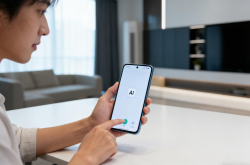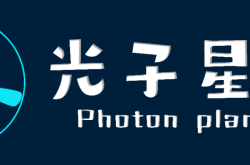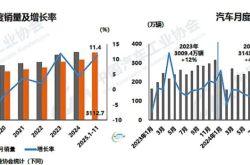Samsung's Market Aggressiveness Showcased through the Seventh-Generation Galaxy Z Series: A 'Toothpaste Squeezing' Innovation
![]() 07/10 2025
07/10 2025
![]() 536
536
By Lin Zhang
Samsung's foldable product line has once again ushered in its annual refresh.
On the evening of July 9, Samsung officially launched the seventh-generation foldable flagships, the Galaxy Z Fold7 and Galaxy Z Flip7.
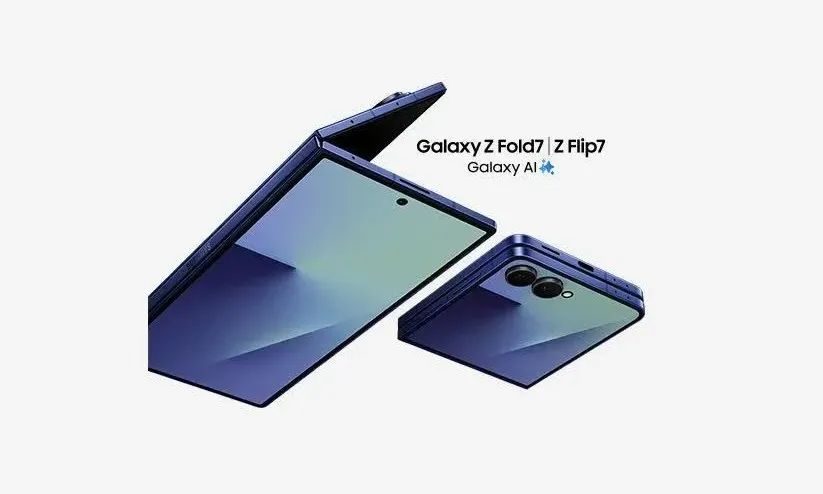
As part of the annual updates, both devices have undergone significant enhancements, pushing the boundaries of innovation to the limit. Notably, the Galaxy Z Fold7 stands out with its 'comprehensive breakthrough' – not only does it vastly improve imaging capabilities and offer a more intelligent AI experience, but it also achieves a lightweight and sleek industrial design. This makes it highly competitive compared to previous generations and current market rivals.
Behind Samsung's strategy of incremental yet meaningful upgrades lies the company's agile response to market demand and robust product engineering capabilities. These factors suggest that Samsung will adopt an even more aggressive stance in the foldable market.
The pursuit of a lightweight and thin design has always been a core objective for foldable products, with both Samsung and domestic manufacturers striving to achieve this goal.
This time, the Galaxy Z Fold7 and Galaxy Z Flip7 represent transformative strides in lightweight and thin industrial design.
For the smaller foldable, the Galaxy Z Flip7, Samsung redesigned and optimized many core components, including the camera module and battery. This resulted in an expanded external screen from 0.7 inches to 4.1 inches and an increased battery capacity of 4300mAh, while maintaining a folded thickness of only 13.7mm and a weight of 188g.
Samsung noted that with the help of ultra-high-density circuit boards, the Galaxy Z Flip7 achieves the most compact component layout among Galaxy phones, with the ultra-thin precision armor hinge being 30% thinner than its predecessor.
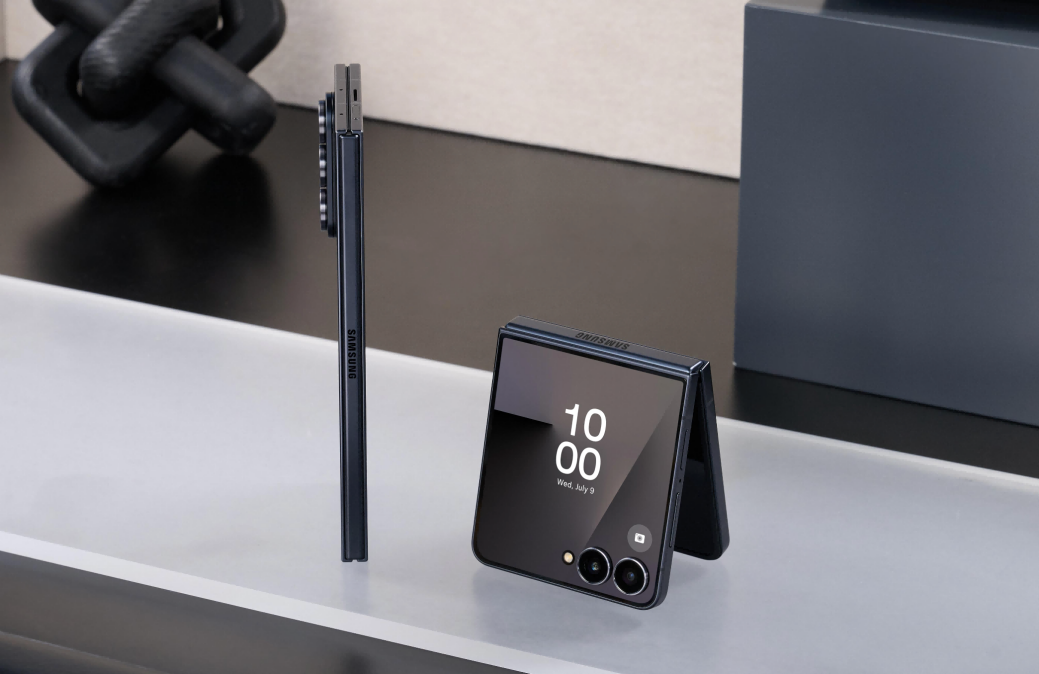
However, the larger foldable, the Galaxy Z Fold7, exhibits an even more remarkable transformation in lightweight and thin industrial design.
According to Samsung's conference data, the Galaxy Z Fold7 weighs only 215 grams, has a folded thickness of 8.9mm, and an unfolded thickness as thin as 4.2mm.
What do these figures signify?
They indicate that the Galaxy Z Fold7 has successfully reduced its weight by 24 grams and thickness by 3.2mm compared to the Z Fold6. Moreover, it signifies that Samsung has reclaimed the title of the world's lightest large foldable from domestic manufacturers.
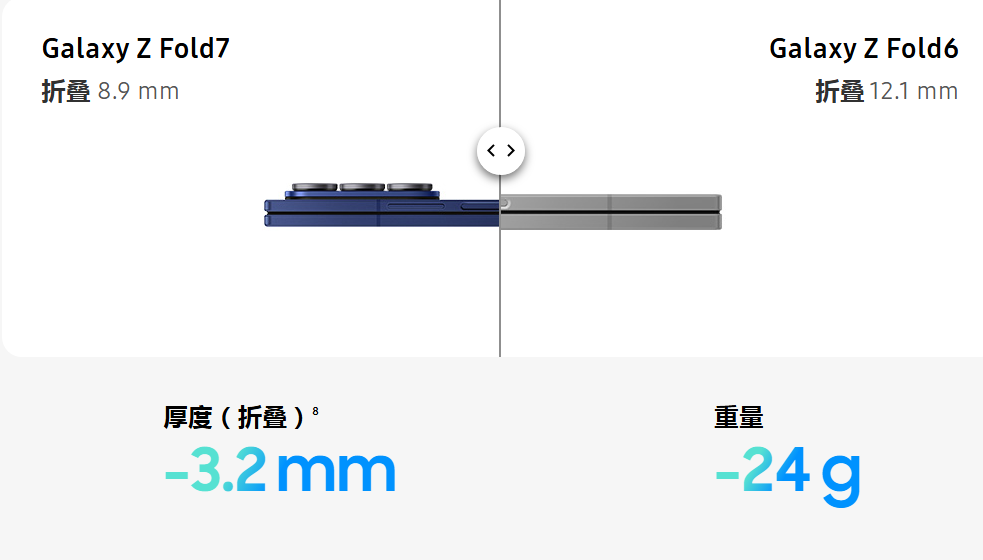
Currently, the lightest large foldable released by domestic manufacturers weighs 217 grams, but this is achieved in a specific version. In contrast, the 215-gram weight of the Galaxy Z Fold7 applies to all versions, marking a significant difference, especially considering large-scale mass production constraints.
In fact, the Galaxy Z Fold7 is not only the lightest but also the second thinnest large foldable globally, with a folded thickness of 8.9mm.
Despite its lightweight and thin design, the Galaxy Z Fold7 also addresses user feedback on screen size by increasing the main screen (internal screen) to 8 inches. This enhances the video watching, web browsing, reading, gaming, and multitasking experiences.
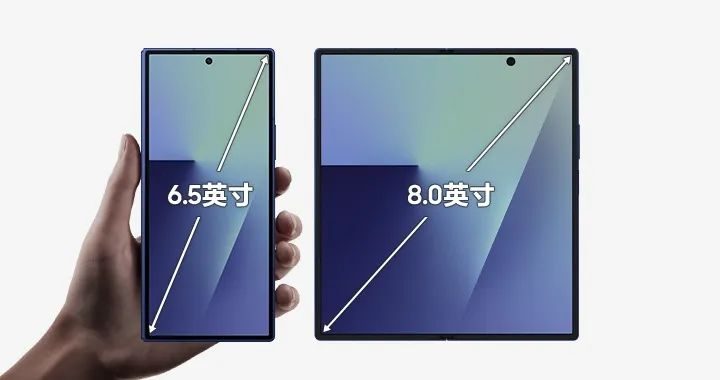
A question arises: When reducing thickness and weight coincides with increasing screen size, does it mean that the Galaxy Z Fold7 compromises on product functionality, structural strength, or protective capabilities?
The answer is no.
Samsung aims to create a new Ultra experience for foldable users. To achieve this, the company redesigned the Galaxy Z Fold7's core components from three aspects: hinge, display, and body material.
Samsung incorporated a titanium metal protective layer and new adhesive materials into the main screen structure, thickened the UTG glass, and adopted a new teardrop design and multi-track structure on the hinge. This resulted in an ultra-thin precision armor hinge with reduced weight and volume. The screen glass uses Corning Gorilla Glass Victus 2, and the body employs innovative materials such as reinforced armor aluminum frames and hinge housings.
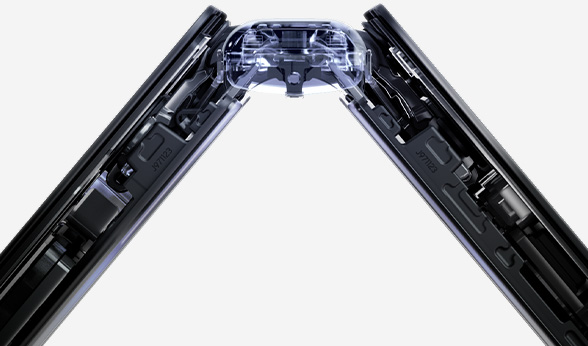
Consequently, the Galaxy Z Fold7 achieved comprehensive improvements in crease reduction, durability, drop and crack resistance, and scratch resistance. It also offers features like water resistance, wireless charging, and multi-angle hover, maximizing its Ultra attributes. To enhance the overall lightweight and thin experience, Samsung redesigned the lens structure and ultra-thin motor unit, enabling the Galaxy Z Fold7 to equip Samsung's thinnest 200-megapixel wide-angle camera to date.
From the Galaxy Z Fold6 to the Galaxy Z Fold7, Samsung achieved a leapfrog upgrade in foldable screen lightweight design within just one year. This evolution underscores Samsung's strong engineering technology and vertical integration capabilities.
Unlike some domestic manufacturers that emphasize the journey of 'thinning and lightening' during launches, Samsung briefly mentions this key technological breakthrough. This 'taking heavy things lightly' attitude reflects its profound technological foundation.
If the lightweight and thin designs of the two new products are refreshing, their significant improvements in internal imaging capabilities and intelligent AI experience together create a high-energy folding experience with no shortcomings.
Historically, imaging capabilities have been a relative weakness of foldable phones compared to straight-screen flagships. This was mainly due to the unique body structure demanding more internal space and the relatively small shipment scale of foldable phones.
With the Galaxy Z Fold7, Samsung demonstrates its determination to change this status quo.
In terms of imaging, the Galaxy Z Fold7 is equipped with a 200-megapixel wide-angle camera, offering a four-fold increase in pixels compared to the 50-megapixel camera on the Galaxy Z Fold6. This results in a four-fold enhancement in detail and a 44% increase in imaging brightness.
In fact, the 200-megapixel wide-angle camera on the Galaxy Z Fold7 is on par with that of the Samsung S25 Ultra. Together with a 12-megapixel ultra-wide-angle camera and a 10-megapixel telephoto camera with 3x optical zoom, they constitute the flagship imaging configuration of the Galaxy Z Fold7.
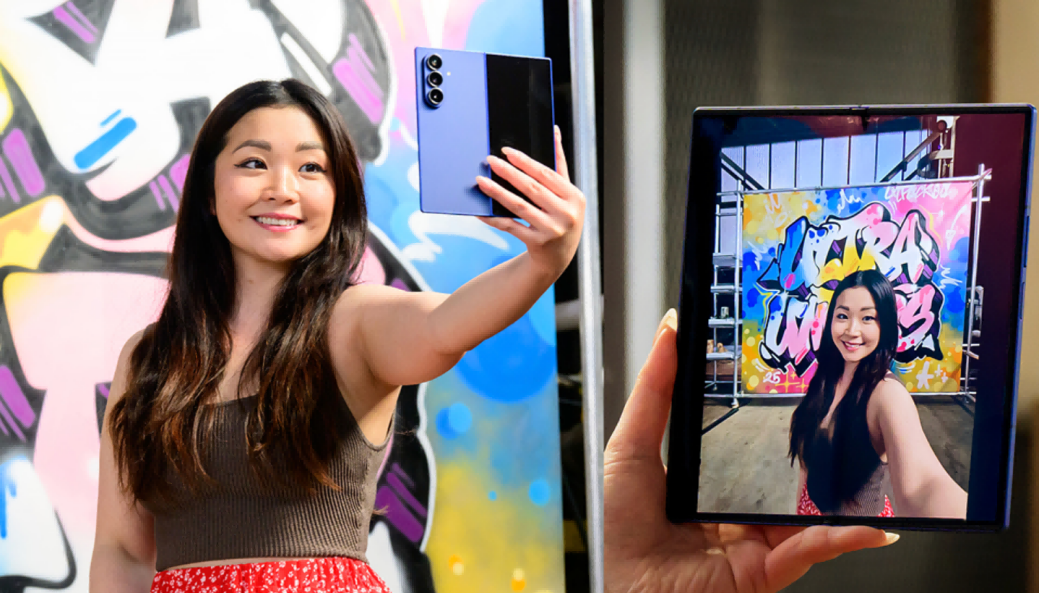
Moreover, Samsung not only introduced advanced imaging hardware to the Galaxy Z Fold7 but also features like the Enhanced Ultra Vision Engine, Night Mode Video, 10-bit HDR video recording, Smart Eraser, and Audio Eraser. These allow the Galaxy Z Fold7 to excel in various lighting environments, capturing every moment for users. Additionally, the front camera has been upgraded from 4 megapixels to a 10-megapixel 100-degree selfie lens, making selfies, group photos, or video conferencing clearer and more practical.
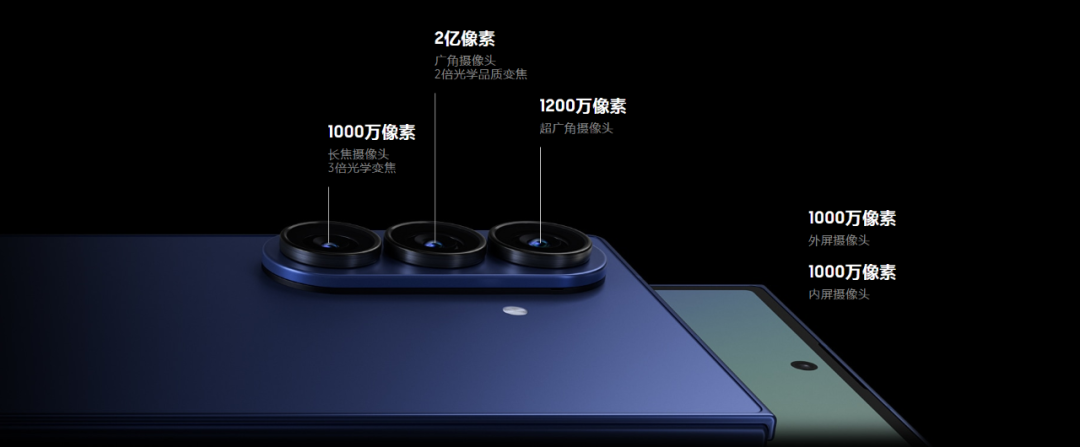
These factors make the Galaxy Z Fold7 not just a lightweight and thin foldable flagship but also a versatile imaging flagship.
Of course, it is also an AI smart flagship!
As a pioneer in global AI technology implementation, Samsung has continuously introduced powerful AI features since the launch of its first AI phone, the Galaxy S24 series. Innovations like AI translation, circle and search, transcription assistant, PDF translation, doodle-to-image, intelligent portrait drawing, and multimodal perception aim to enhance efficiency, stimulate creativity, eliminate communication barriers, preserve key moments, and enhance the overall experience.
This time, based on the latest multimodal agent, the Samsung One UI 8 system, Samsung tailored the AI experience for the unique form factors of the Galaxy Z Fold7 and Z Flip7.
Specifically, the Galaxy Z Fold7 leverages its large screen. For instance, it introduces the 'Game Circle and Search' feature for gaming scenarios, allowing players to get real-time game guides by circling screen content without exiting the game interface. The Galaxy Z Flip7 focuses on its iconic 'flip-in-palm' form factor and newly upgraded 4.1-inch ultra-large view smart cover screen, enabling users to interact with AI directly on the cover screen through voice commands for a seamless experience.
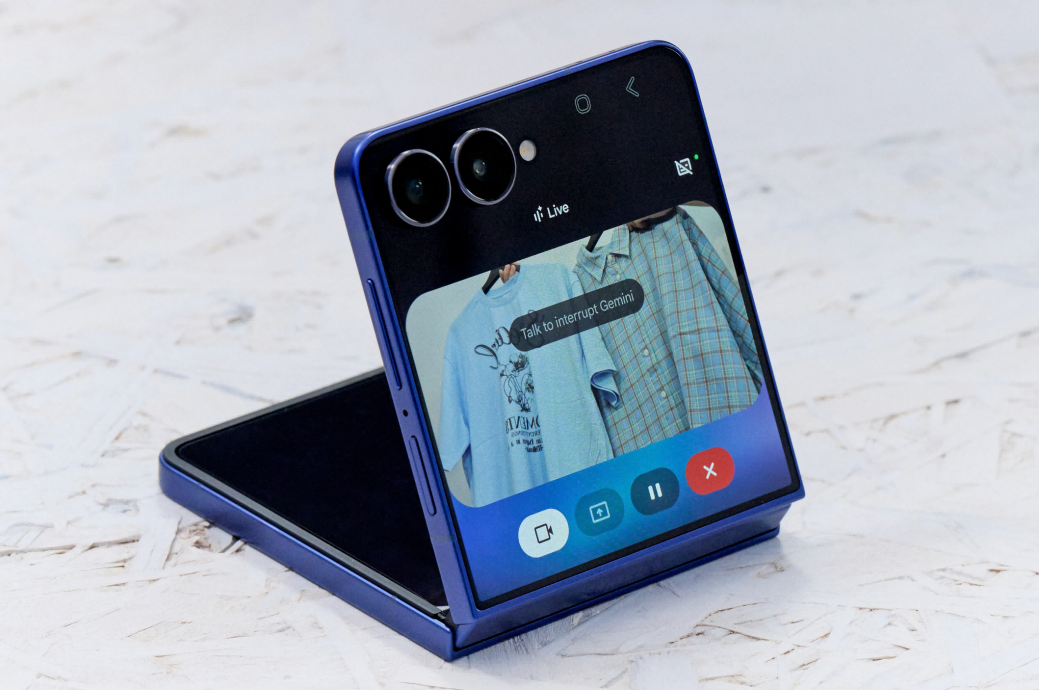
Samsung deeply integrates the form factor characteristics of foldable devices with AI capabilities, creating a smarter, more intuitive, immersive, and efficient AI experience. This not only showcases Samsung's strong AI technology capabilities but also reflects its deep understanding and precise grasp of user needs and experiences.
As innovation in the smartphone market slows down, manufacturers tend to adopt conservative upgrade strategies, often alternating between functionality and design to share the pressure of innovation.
However, Samsung's conference this time demonstrated a distinctly aggressive stance: it not only significantly upgraded the imaging configuration, AI experience, and screen specifications of the Galaxy Z Fold7 and Galaxy Z Flip7 simultaneously but also achieved a breakthrough in industrial design, pouring years of technological accumulation into a single generation of products, resulting in a 'transformative' lightweight and thin change.
This radical iteration of 'internal and external cultivation' undoubtedly subverts the industry's 'toothpaste squeezing' convention. Behind it lies Samsung's stronger ambition in the foldable field, indicating a new round of innovation offensive in this market. Historically, making significant investments and leading innovation during market adjustment periods has been Samsung's proven winning strategy.
For domestic manufacturers, this may be a mixed blessing – the good news is that Samsung's innovative offensive is likely to activate market demand for foldable products, further expanding the foldable market, which is beneficial during a period of demand adjustment. However, the concern is that Samsung's move may eliminate the lightweight and thin differentiation advantage of domestic foldables. How will domestic manufacturers respond to Samsung's relentless innovative offensive in the future?
Since entering the foldable market in 2019, Samsung has led the way with its technological advantages and market insights. This time, with a more aggressive stance, Samsung has introduced ultra-lightweight and thin foldable flagships with superior imaging and AI capabilities, further igniting competition in the foldable market. For consumers, this is a welcome development.


